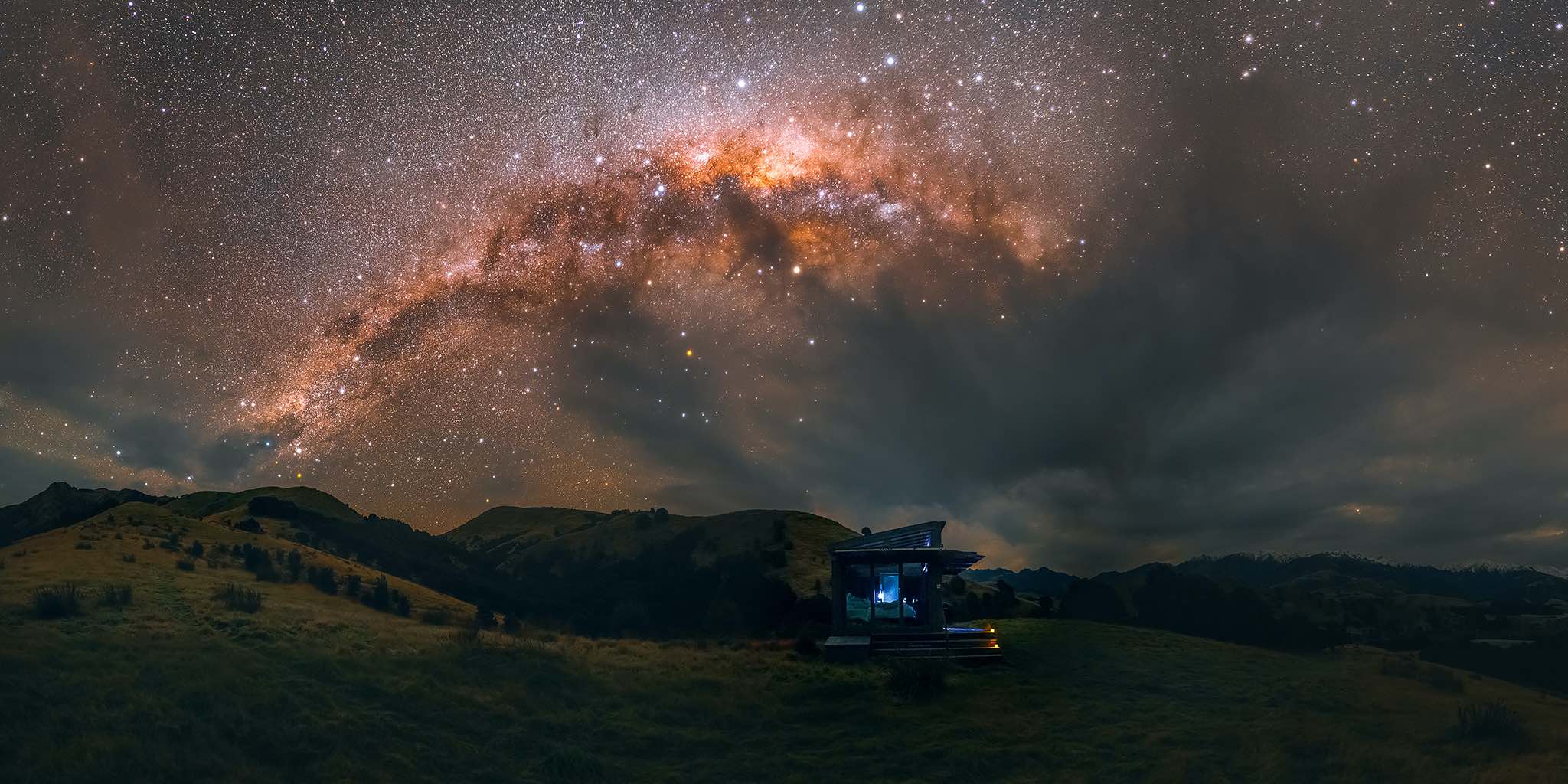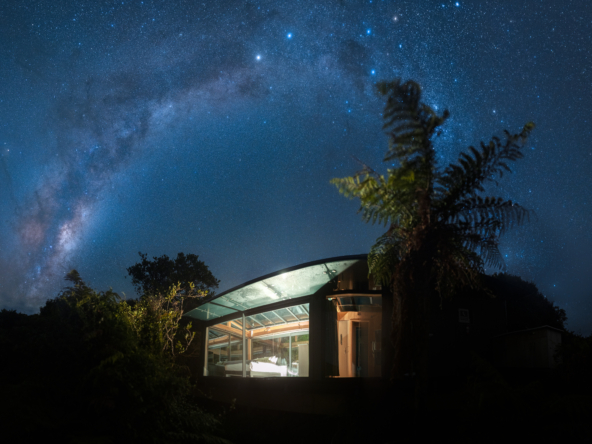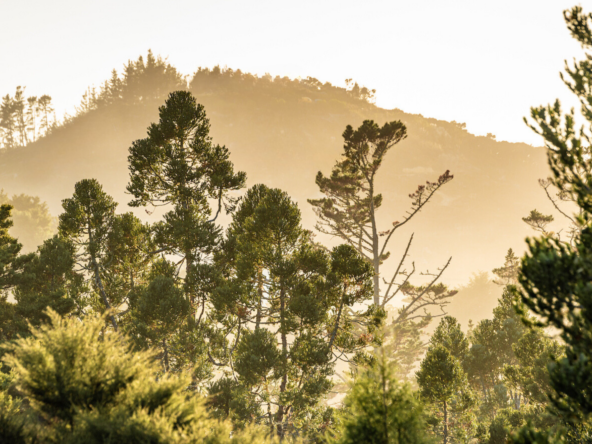The Meaning of the Stars
On June 24 Aotearoa will celebrate its newest public holiday, Matariki, the Māori New Year. As was tradition, the stars guided Māori ancestors as they looked to the skies for remembrance and reflection, guidance, celebration and connection, which sustained many aspects of their lives.
It’s an acknowledgement of Mātauranga Māori (ancestral knowledge and wisdom) and traditions that were on the brink of being lost forever. It’s also an opportunity to better understand what Matariki has meant to generations past and what it means for those to come.
The star cluster is well known worldwide and can be seen around the globe at different times of the year. It is one of the brightest clusters in the sky, containing hundreds of member stars.
Matariki has different names around the world. In English, it is called by its ancient Greek name, Pleiades or the Seven Sisters. In Hawaiian it is Makali’i, ‘eyes of royalty’, and in Japan it is Subaru, meaning ‘gathered together’.
What it means for Māori
A guide for living off the land
Māori tūpuna (ancestors) would look to Matariki for help with their harvesting. When Matariki disappeared in April/May, it was time to preserve crops for the winter season. When it re-appeared in June/July, tūpuna would read the stars to predict the upcoming season – clear and bright stars promised a warm and abundant winter while hazy stars warned of a bleak winter.
A time for remembrance
It is a time to remember those who have passed, celebrate new life, and plan for the future.
A time to connect, be grateful, and celebrate the present
It’s a time to spend with whānau (family) and friends – to enjoy kai (food), waiata (song), tākaro (games) and haka.
According to one Māori myth, the cluster represents a whaea or mother – Matariki – and her six daughters Tupuānuku, Tupuārangi, Waipunarangi, Waitī, Waitā and Ururangi.
Learn more about each of the 9 stars below.
Each year the date will change as Māori follow the maramataka (lunar calendar), not the European calendar, so too with the public holiday.
Best time to see Matariki
The best time to see the constellation is early morning, just before dawn and given the sun is currently not rising until near on 8am, whilst it may feel like the middle of the night, you will still have been able to have a good sleep beforehand. (This is where PurePods come into their own, you don’t even have to get out of bed, just open your eyes and look towards the heavens to take in the majestic skies).
New Zealand has many wonderful locations to best view the stars, from Rakiura (Stewart island) in the deep south, to Te Rerenga Wairua (Cape Reinga) in the far north.
Plan to escape the city lights and seek out a secluded spot to minimise any light pollution, wrap up warm and let the wonder unfold.
What to look for
9 of the brightest stars nearest to Earth are visible with the naked eye. So sit back and take it all in, or have your telescope handy to fall deeper into the hundreds of stars that make up the constellation.
How to find them
- Look to the northeast horizon before sunrise
- Search for the distinct line of stars that forms Tautoru, or Orion’s belt
- Keep moving your gaze north of these three stars until you see a cluster of tiny stars that are roughly as wide as Tautoru is long.
These are the Matariki stars.
See below for the names and meanings of each of the 9 starts of Matariki and click here for a short video or a fuller explanation thanks to Te Wānanga o Aotearoa
The 9 stars explained
Matariki
The name Matariki refers to both the star cluster as a whole and a specific star, which signifies reflection, hope, our connection to the environment and the health and wellbeing of people.
Pōhutukawa
Pōhutukawa is the star that serves as a reminder of those who have passed on, encouraging us to take the time to remember them and acknowledge their impact on our lives.
Tupuānuku
Tupuānuku (“tupu” means ‘to grow’ and “nuku” is the shortened version of “Papatuanuku” meaning ‘Earth’) is the star connected with everything that grows in the ground to be harvested or gathered for food.
Tupuārangi
Tupuārangi is the star associated with food sources that come from the sky, such as birds, or fruit and berries from trees.
Waitī
Waitī is connected with all freshwater bodies and the food sources sustained by those waters. Waitī watches over freshwater environments such as awa (rivers), roto (lakes), kūkūwai (wetlands), and waipuna (springs).
Waitā
Waitā represents the ocean and the seafood that can be harvested from it. This star encourages us to respect our coasts, oceans and marine life.
Waipuna-ā-Rangi:
Waipuna-ā-Rangi is connected with rain, hail and snow.
Ururangi
Ururangi is connected with the various winds.
Hiwa-i-te-Rangi
Hiwa-i-te-Rangi is a wishing star, helping us to realise our hopes and aspirations for the coming year.




